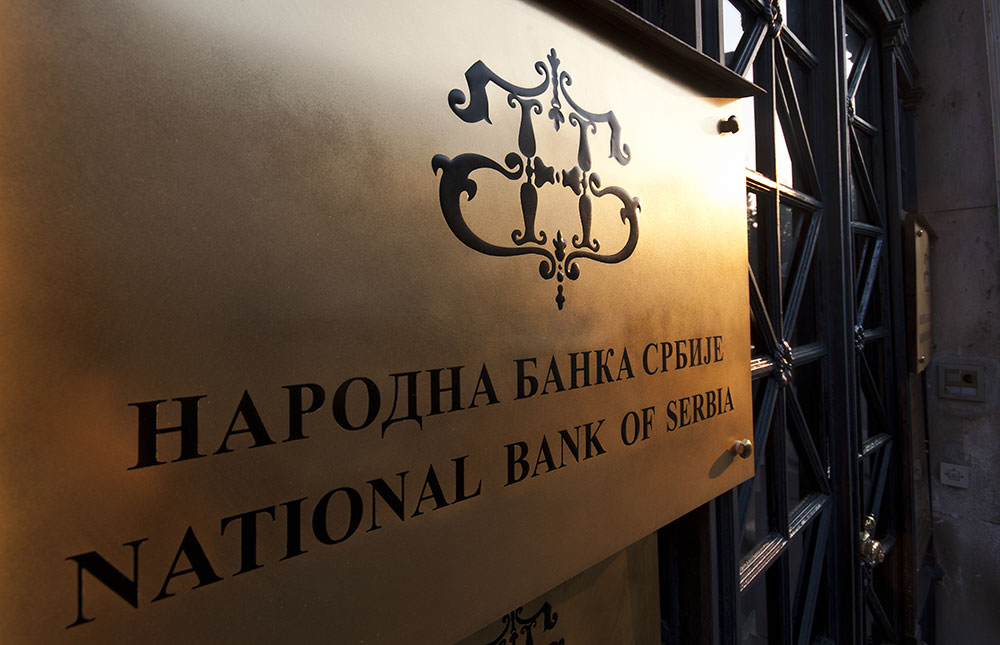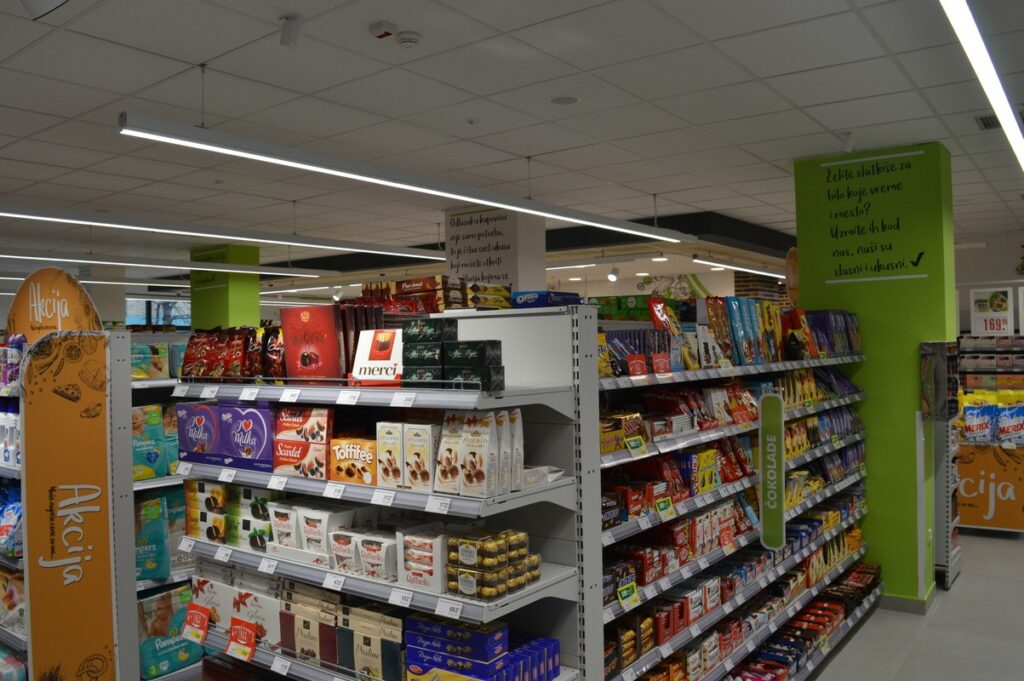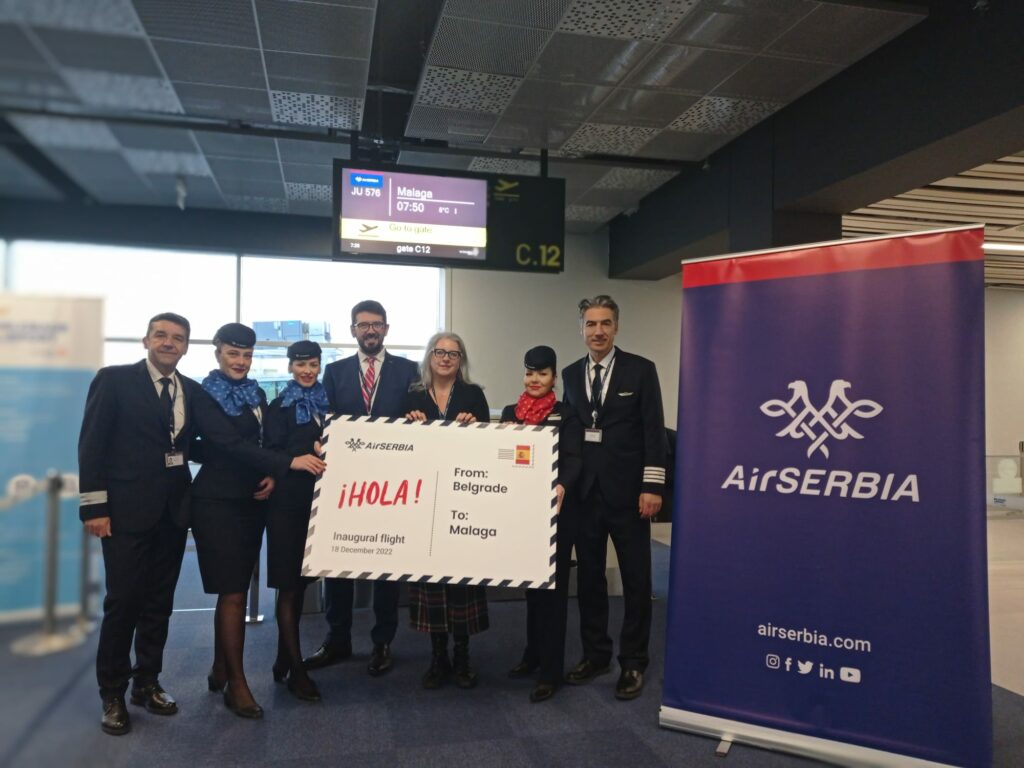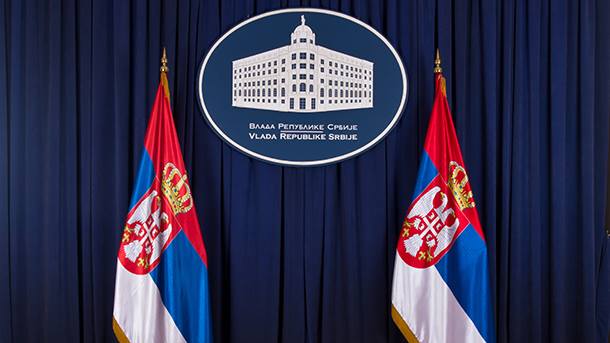National Bank of Serbia (NBS) Governor Jorgovanka Tabakovic said on Tuesday Serbian October inflation had been 15%, which she noted was above an August projection and a result of a global increase of energy and food prices.
“In our August projection we expected inflation to peak in September this year. Still, due to the surge in global energy prices in the past months and their continued spillover to imported inflation, together with the effects of the drought at home and in most of Europe, domestic inflation continued to climb past our expectations to 15.0% in October,” Tabakovic said at the presentation of the NBS November Inflation Report.
“Elevated imported inflation has also fuelled a rise in core inflation, i.e. inflation excluding food, energy, alcohol and cigarette prices, which measured 9.5% in October. It is, however, important to note that core inflation remains well below headline inflation, but also lower than core inflation in some countries of the region pursuing the same monetary policy regime,” she said.
“As economic activity in the euro area and other countries which are our important trade partners is expected to weaken notably next year, while the carryover effect from this year will be smaller, we have also revised Serbia’s GDP growth projection for 2023 to the range of 2.0-3.0%. Assuming a considerable reduction of geopolitical tensions and a recovery of external demand, as well as the planned implementation of investment projects, notably in road, railway, energy and utility infrastructure, economic growth is expected to pick up as of 2024, first to around 3.5%, and then to return to its pre-pandemic growth path of around 4% per annum in the medium term,” Tabakovic said.
Source: Tanjug, Momentum



